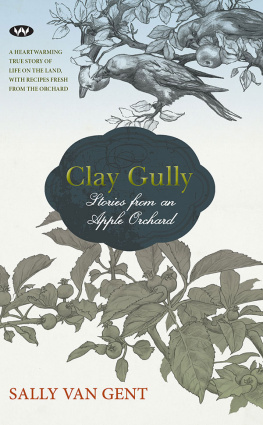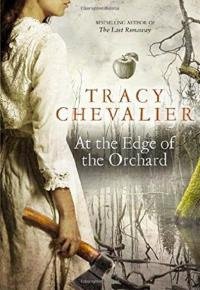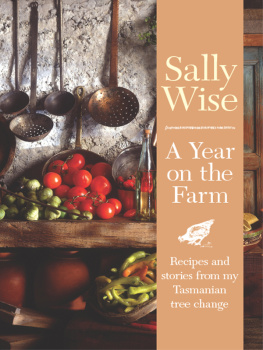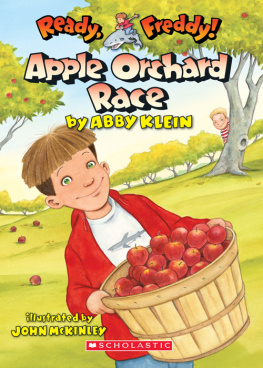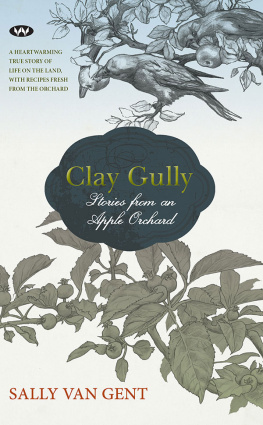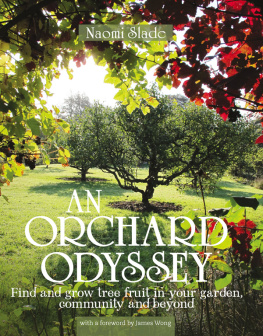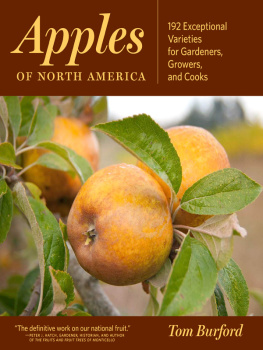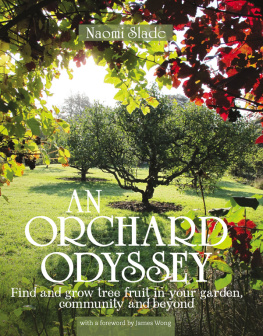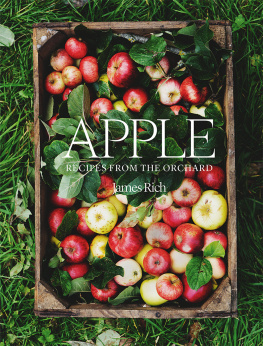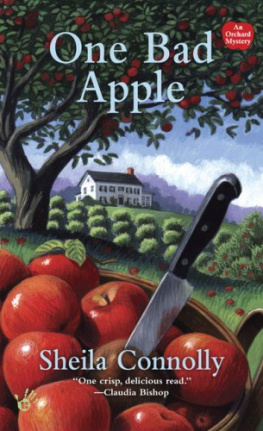Wakefield Press
CLAY GULLY
Sally van Gent lives in a forest near Bendigo with her husband
and their many demanding dogs, fish, tame magpies and
visiting kangaroos.
Sally was born in England, where she trained as a teacher
at Bretton Hall College for Music, Art and Drama. She
has lived in many countries, including Qatar, Abu Dhabi,
Kuwait, Mauritius and Singapore, and has been a longtime
birdwatcher and field naturalist. Sally survived breast cancer
helped, she believes, by her affinity with nature.
Wakefield Press
16 Rose Street
Mile End
South Australia 5031
www.wakefieldpress.com.au
First published 2013
Reprinted 2014 (twice), 2018
This edition published 2018
Copyright Sally van Gent, 2013
All rights reserved. This book is copyright. Apart from any fair dealing for the purposes
of private study, research, criticism or review, as permitted under the Copyright Act, no
part may be reproduced without written permission. Enquiries should be addressed to the
publisher.
Edited by Julia Beaven, Wakefield Press
Cover designed by Stacey Zass, page 12
Illustrated by Sally van Gent
ISBN 978 1 74305 190 0
For my grandchildren
Edward, Rose and Ari,
Ben and James.
Contents
PART ONE
Turning the Soil
After several months of fruitless searching around Bendigo in central Victoria, the agent calls to tell us he has found our perfect home. Apparently the house is in the middle of ten acres of bush and farmland. Right away I know we cant afford a property like that. The agent insists I at least drive past the place.
He tells me, If you wait a bit the price will come down. Ive heard the owners are about to go bankrupt.
How would you like to pay this man to sell your house, I wonder.
Out of curiosity I drive down the winding dirt road. To the left are green paddocks where a horse is grazing. On the other side there is forest, all the way down the hill. At the bottom, where there is a wide curve in the road, I spot the house through the gum trees. It stands in the centre of a lightly treed paddock and to the side is open bush land. The agent persuades us to have a look inside. The house, though adequate, is unimpressive. It has a dingy seventies-style kitchen and worse, there is ghastly brown and cream shag-pile carpet almost everywhere. I look at the view through the living-room window and I dont care.
Its been a wet spring and water cascades over the paddocks, draining from the bush higher up the hill. The agent sends us off to walk around the property unaccompanied as he doesnt want to get his feet soaked. Above the house the gum trees lean out over two dams. Up here the rich soil of the paddocks gives way to stony ground, and a patchwork of wildflowers grows between the grey, lichen-coated boulders.
Three months later we receive another call from the agent. The owners have gone broke, are you still interested in the house?
Yes, definitely.
I walk into the back garden the first morning after we have moved in and confront a scene straight from the classic Hitchcock horror movie, The Birds. Along the top of the fence a row of strange, black birds with hooked beaks stare down at me through glowing red eyes. They dont attempt to fly away when I move towards them. Instead they begin to rock back and forth in unison, all the time letting out weird, breathy whistles. When they finally fly off I see they have white wing feathers.

Beside the house theres a large shed with an earth floor where the previous owners conducted their business of making concrete garden ornaments. A giraffe with a broken neck sits near the side gate and on the back verandah theres a whole farmyard of concrete chickens, ducks and small animals. My mother, who lives in a nearby retirement village, suggests the elderly people there might like them. Soon the animals have all found new homes and one old man, whos been a farmer all his life, is absolutely delighted to have chickens and ducks in his backyard again.
At night a dozen large spiders with red-striped legs construct huge webs across the verandah. They catch a multitude of tiny moths, attracted by the kitchen light. These same moths provide a welcome dinner for two small frogs lying in wait on the window.
The front of the property is divided by a broad irrigation channel, used to flood the paddocks in the days when they were part of a dairy farm. Contemplating the grassy, treeless area farthest from the house, we discuss its possible uses. In this, our first year at Clay Gully, our dams fill with water in the spring and thunderstorms replenish them in the summer. Good rains are predicted for next year offering us the opportunity to establish an agricultural enterprise. I think of goats and chickens but my husband, Nick, vetoes all my suggestions. He knows only too well that I cant kill anything and is already anticipating the vet bills involved in keeping alive aging hens, well past their egg-laying days.
A lover of good wine, his thoughts turn naturally to planting a vineyard, but I can see problems with this suggestion. Not having the necessary knowledge or equipment to process the grapes ourselves, we would be dependent on large wineries to take our fruit and set the price. Instead I think of the beautiful apples my grandfather grew in EnglandBramleys Seedling, Lord Lambourne and Red Astrachan. There must be a market for these delicious, forgotten varieties. My grandfather grew them without artificial fertilisers or pesticides. We decide to follow the long path leading to full organic certification of the orchard.
Its necessary to have a third dam dug in front of the house and to purchase additional rural water. The contractor isnt pleased with me when I insist on having an island in the middle of the dam. It makes his job more difficult but I know itll look beautiful and will be a refuge for water birds.

